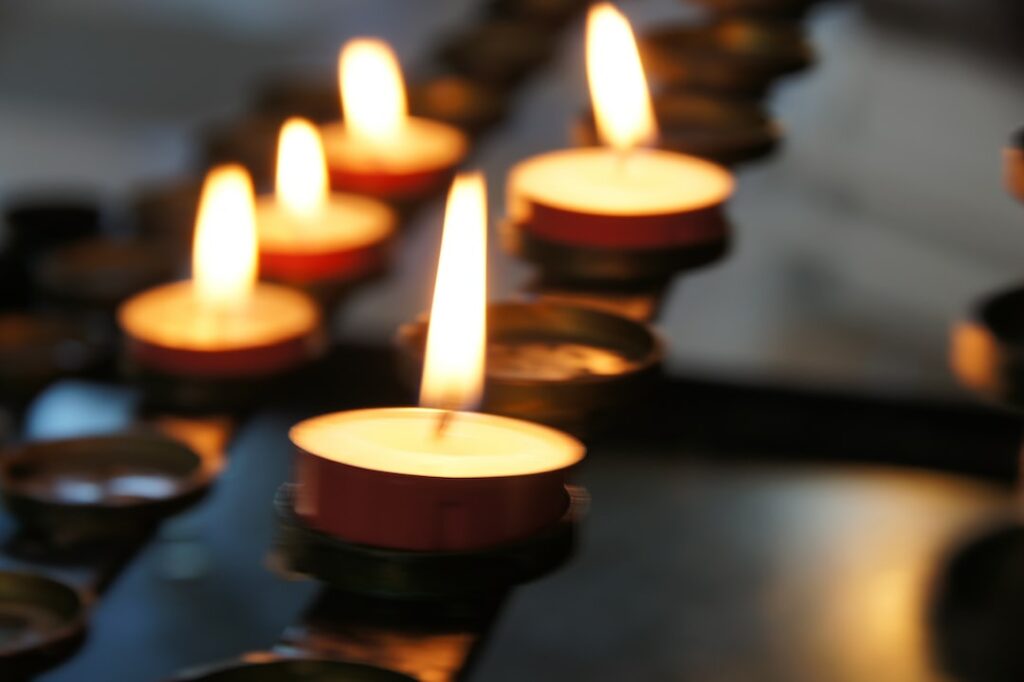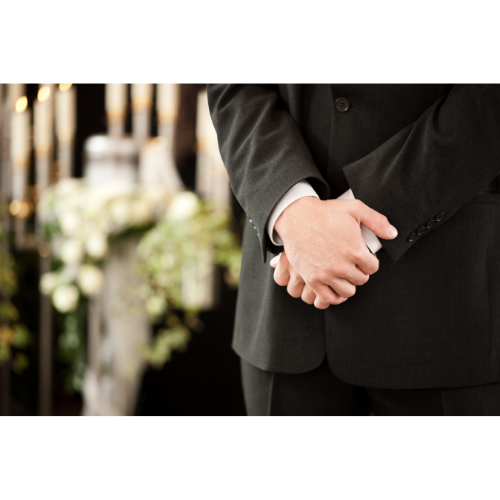This article explores the cost disparities between coffins and caskets, highlighting their traditional design variances, factors influencing cost, and providing a cost comparison, while also discussing cultural and historical perspectives and emphasizing the importance of making informed decisions when planning a funeral.

Understanding the Difference Between Coffins and Caskets
When it comes to understanding the disparity between coffins and caskets, it’s essential to delve into the traditional design variances that set them apart. Coffins, for instance, are characterized by their tapered shape, which is specifically tailored to accommodate the natural contours of the human body. This traditional design has been prevalent for centuries and is often associated with historical burial practices. On the other hand, caskets boast a more modern and rectangular shape, offering a refined and dignified appearance.
Furthermore, the introduction of the term “casket” in the United States during the 19th century aimed to create a gentler and less direct way of referring to funeral arrangements. This transition in terminology mirrored the evolving design preferences, with caskets embodying a departure from the traditional tapered shape of coffins. The shift in terminology and design not only reflects historical and cultural influences but also underscores the distinct characteristics that set coffins and caskets apart, both in terms of aesthetics and cultural connotations.
Understanding these differences is crucial for individuals who are navigating funeral planning and making decisions about burial arrangements. It provides insight into the historical and cultural significance of these distinct forms of burial containers, allowing individuals to make informed choices that align with their preferences and cultural traditions. For more detailed information on this topic and other funeral planning resources, consider exploring Best Priced Funerals’ website.
Factors Influencing Cost Disparities
The cost disparities between coffins and caskets are influenced by various factors, including materials, design, and added features. Caskets are typically more decorative and boast additional features, which contribute to their higher cost compared to coffins. For example, caskets often come in a variety of wood or metal options with different features such as gauge, sealability, color, size, and style, all of which impact the final cost.
When individuals or families are making decisions about funeral arrangements, several critical factors come into play. The availability of the preferred coffin or casket, the associated cost, the effort involved in obtaining the chosen burial container, and the expectations surrounding the funeral service all play crucial roles in the decision-making process. For instance, the effort and planning required to obtain a specific coffin or casket can influence the final choice, especially when considering the emotional and logistical aspects of funeral planning.
For those looking to make informed decisions about funeral arrangements, it’s essential to consider these factors and understand their impact on the overall cost and funeral experience. Best Priced Funerals provides valuable resources and tips to help individuals navigate these considerations and make well-informed choices during the funeral planning process. Visit Best Priced Funerals for more details and expert guidance on making cost-effective and meaningful funeral arrangements.
Cost Comparison: Coffins vs. Caskets
When comparing the average prices of wood-based and metal coffins and caskets, it’s essential to consider the significant cost disparities between the two options. Wooden caskets, known for their susceptibility to moisture and insects, generally fall within the price range of $2,000 to $5,000. On the other hand, metal caskets, valued for their slower decomposition and protection from rust, can vary in cost from $1,200 to $5,000. These price variations are influenced by the materials used, design intricacies, and added features, making it crucial for individuals to carefully assess their options when making funeral arrangements.
In addition to the material disparities, the design and features of coffins and caskets also play a pivotal role in determining their respective costs. For instance, the decorative elements and additional features incorporated into caskets contribute to their higher average prices compared to the simpler and more traditional design of coffins. This difference in design and added features underscores the need for individuals to consider their budget and preferences when selecting between a coffin and a casket for a funeral service. By understanding the specific cost differences and the factors that influence them, individuals can make more informed decisions that align with their financial circumstances and personal preferences, ultimately ensuring a respectful and meaningful funeral arrangement.
Direct readers to the customer’s product website at https://www.bestpricedfunerals.com/ for more details.
 Additional Funeral Expenses to Consider
Additional Funeral Expenses to Consider
When considering funeral expenses, it’s essential to recognize that the choice between a coffin and a casket can significantly impact the overall cost of the funeral. Caskets are generally pricier than coffins due to their elaborate design and additional features, which can influence the total expenses involved in the funeral service.
For individuals looking to manage funeral costs, exploring alternative burial options such as natural burials and cremation can provide more affordable choices. Natural burials, which involve interment in a biodegradable coffin or a simple shroud, are gaining popularity as a cost-effective and environmentally friendly alternative to traditional burial methods. Similarly, cremation is often a more economical option compared to traditional burials, as it eliminates the need for a casket or coffin and can lead to reduced overall expenses for the funeral service.
These alternative options allow individuals to make informed decisions based on their budget, preferences, and values, providing flexibility in managing funeral expenses. By considering a wider range of choices, individuals can ensure that the funeral arrangements align with their financial circumstances and personal beliefs, ultimately easing the burden of funeral expenses during an already challenging time.
For those seeking further guidance on cost-effective funeral planning and alternative burial options, Best Priced Funerals offers valuable resources and information to assist individuals in making informed decisions during the funeral planning process. Visit Best Priced Funerals for more details and insightful tips on managing funeral expenses.
 Cultural and Historical Perspectives
Cultural and Historical Perspectives
The transition from coffins to caskets in the United States during the 19th century was heavily influenced by historical events, particularly the Civil War. The increased demand for burial containers during this time led to the widespread adoption of the casket, which was seen as a more practical and efficient option for mass burials. This shift in preference from traditional coffins to caskets was not only a practical response to the circumstances of the time but also marked a significant cultural change in funeral practices.
In contrast to the United States, many other countries continue to use coffins for burials, reflecting a distinct cultural and historical perspective on funeral traditions. For example, in certain European countries, the use of coffins is deeply rooted in centuries-old customs and religious beliefs, contributing to a continued preference for this traditional form of burial container. This contrast in burial practices between the United States and other nations illustrates the diverse cultural and historical perspectives that influence the choice between coffins and caskets for funerals. Understanding these differences can provide valuable insight for individuals navigating the complexities of funeral planning and considering the cultural significance of burial choices.
For more in-depth information and resources on navigating the cultural and historical aspects of funeral planning, individuals can explore the comprehensive guidance available at Best Priced Funerals’ website.
## Making Informed Decisions Highlighting the importance of understanding the differences and costs associated with coffins and caskets, readers are encouraged to explore cost-saving tips and resources on funeral planning available at Best Priced Funerals’ website. By being informed, individuals can make thoughtful decisions during the funeral planning process. Conclude with a compelling call to action encouraging readers to explore further details at Best Priced Funerals.

